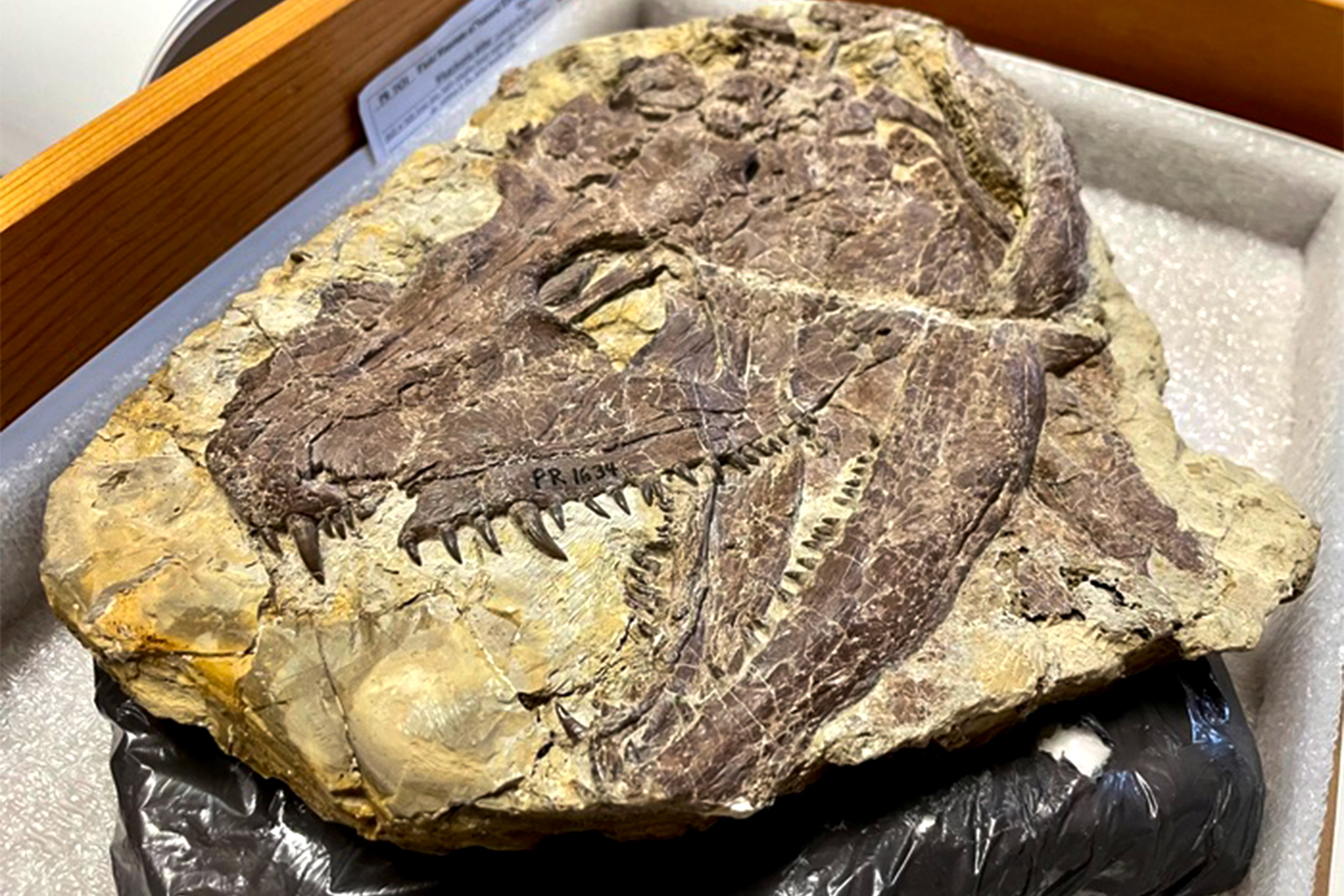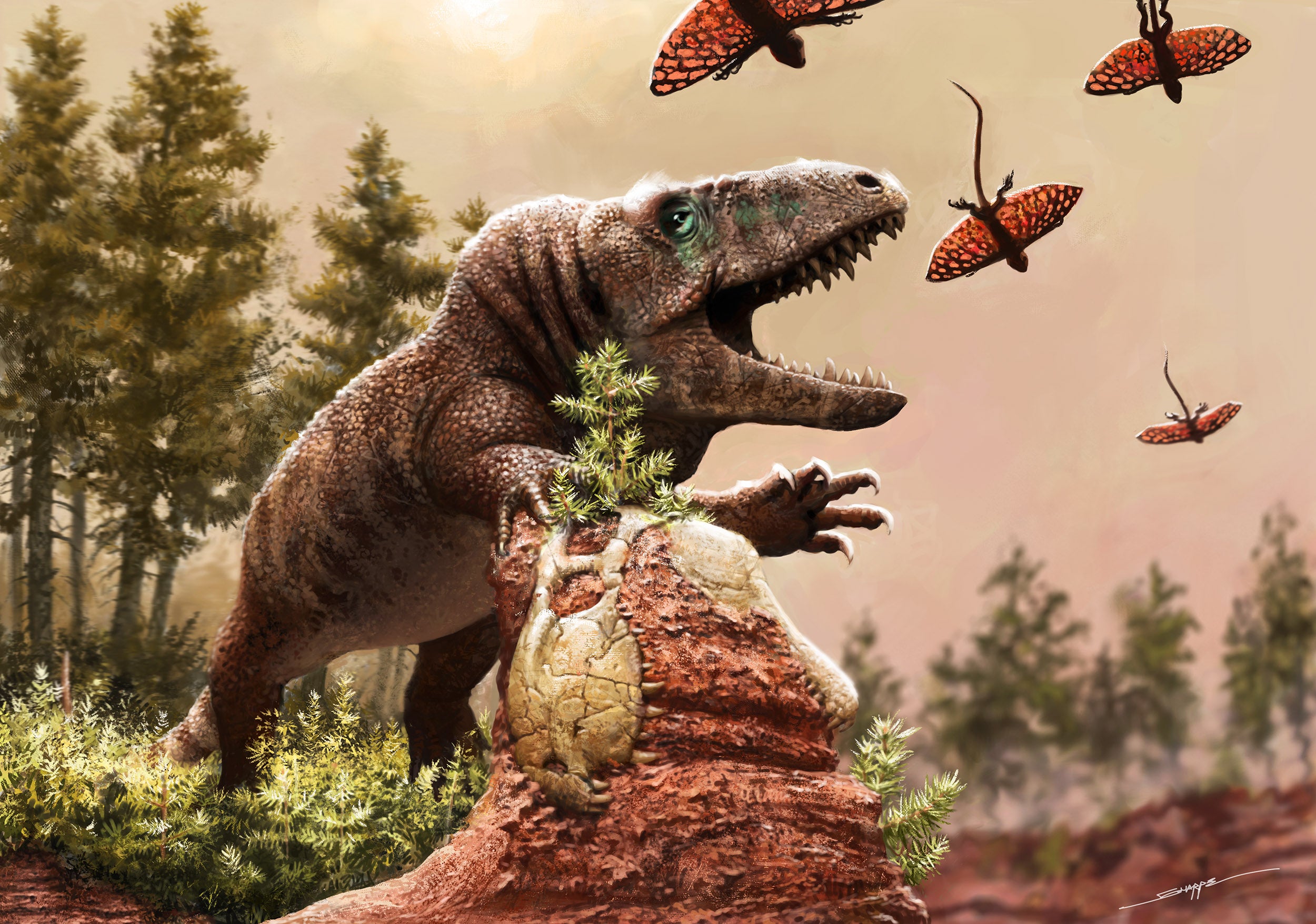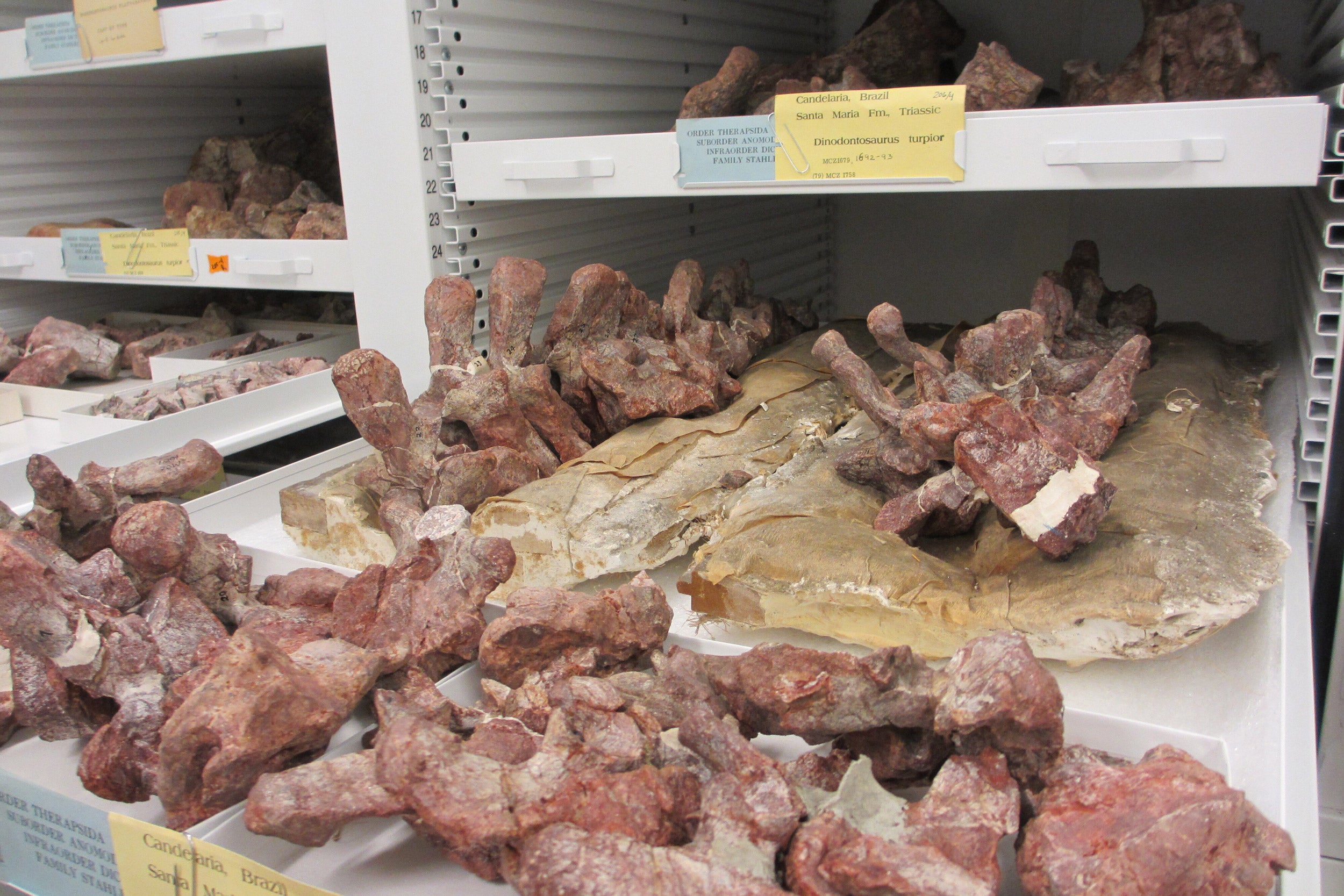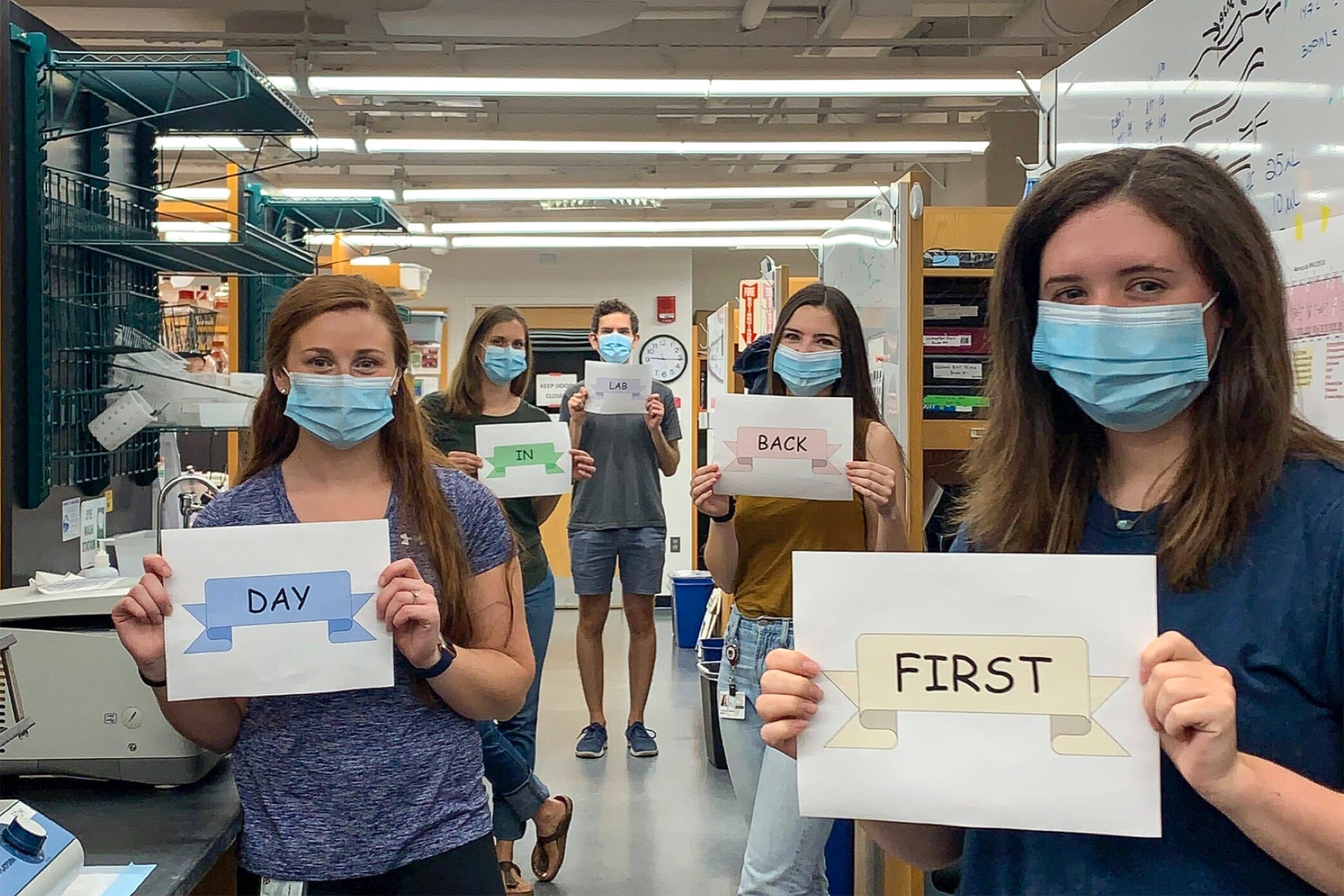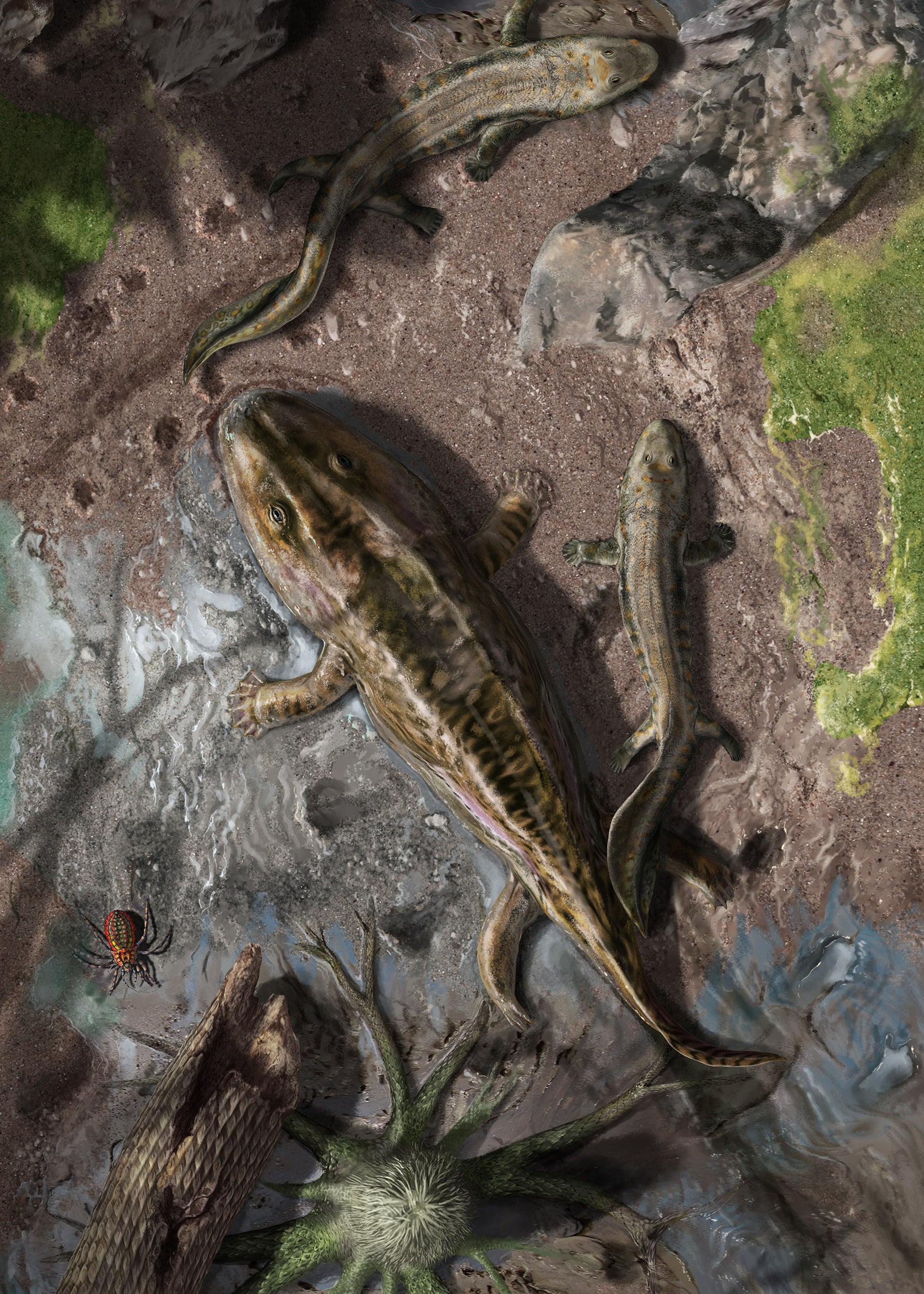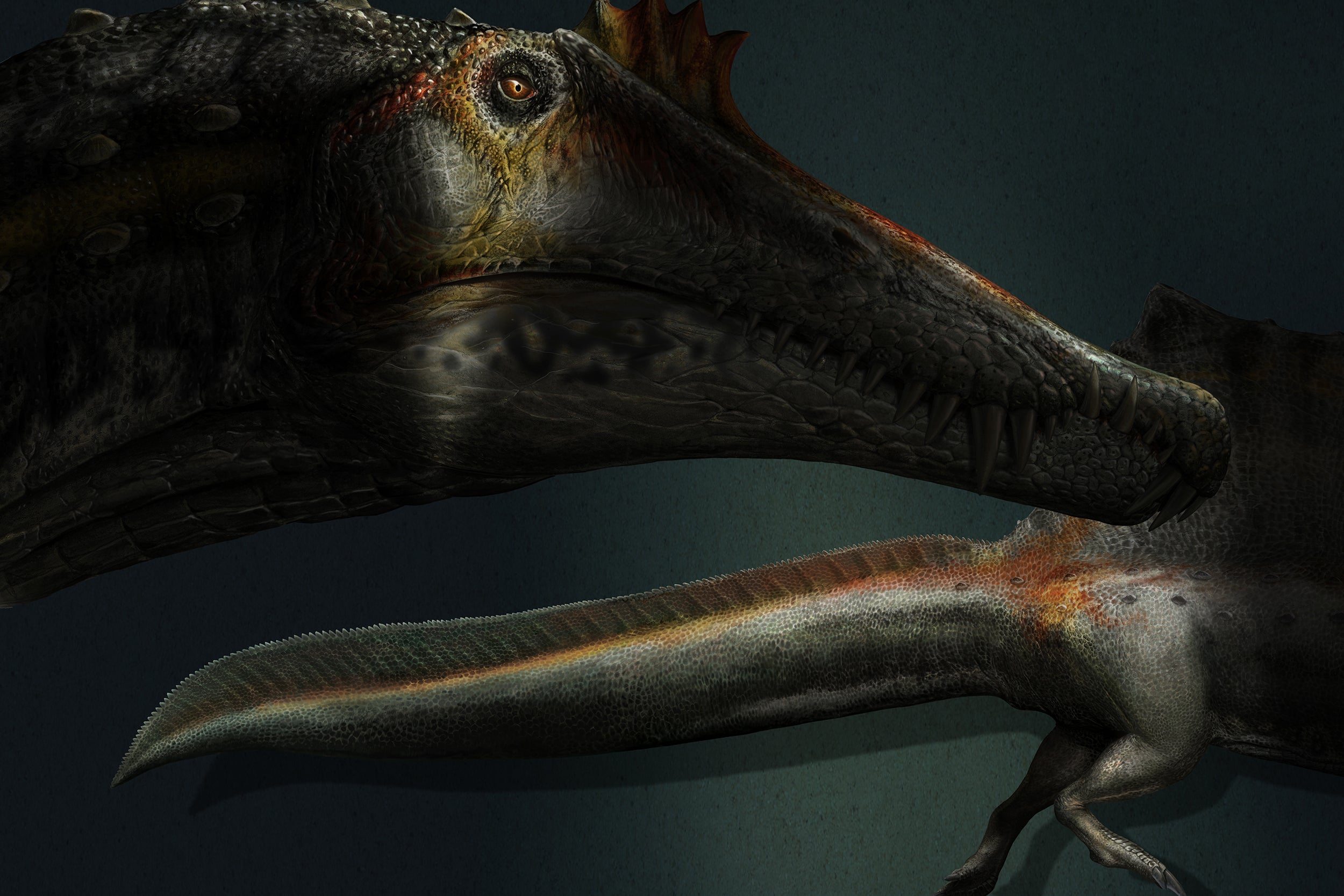Research labs score perfect COVID safety records
Six months after reopening, Harvard’s labs report an unblemished safety record, important contributions to the state’s economy, and an array of scientific findings, albeit with the requisite frustration of operating during a pandemic.
Dec. 18, 2020 • ~7 min
Harvard researchers examine how mammal spines evolve
Harvard Researchers show what drives functional diversity in the spines of mammal.
Feb. 3, 2020 • ~7 min
Mammalian vertebral columns may reflect pace of evolution
Researchers find clues to evolution in the intricate mammalian vertebral column.
Nov. 14, 2019 • ~4 min
Harvard researcher connects the dots in fin-to-limb evolution
With an innovative technique called anatomical network analysis, clear patterns emerge that help solve the puzzle of how fins became limbs 420 million years ago.
May 21, 2019 • ~5 min
Harvard study models forelimbs of echidnas to shed light on evolution
Using a detailed, musculoskeletal model of an echidna forelimb, Harvard scientists are not only shedding light on how the little-studied echidna’s forelimbs work, but also opening a window into understanding how extinct mammals might have used those limbs.
Nov. 30, 2018 • ~3 min
/
2

